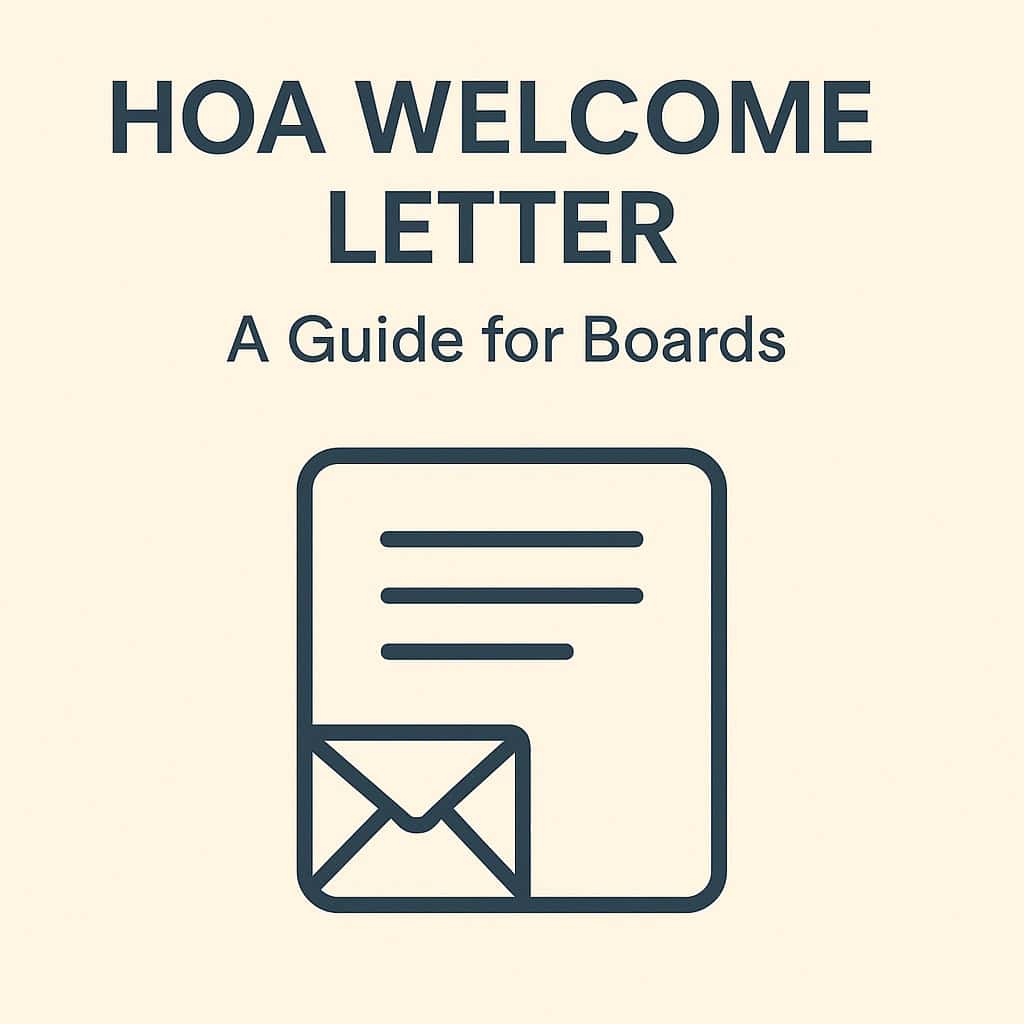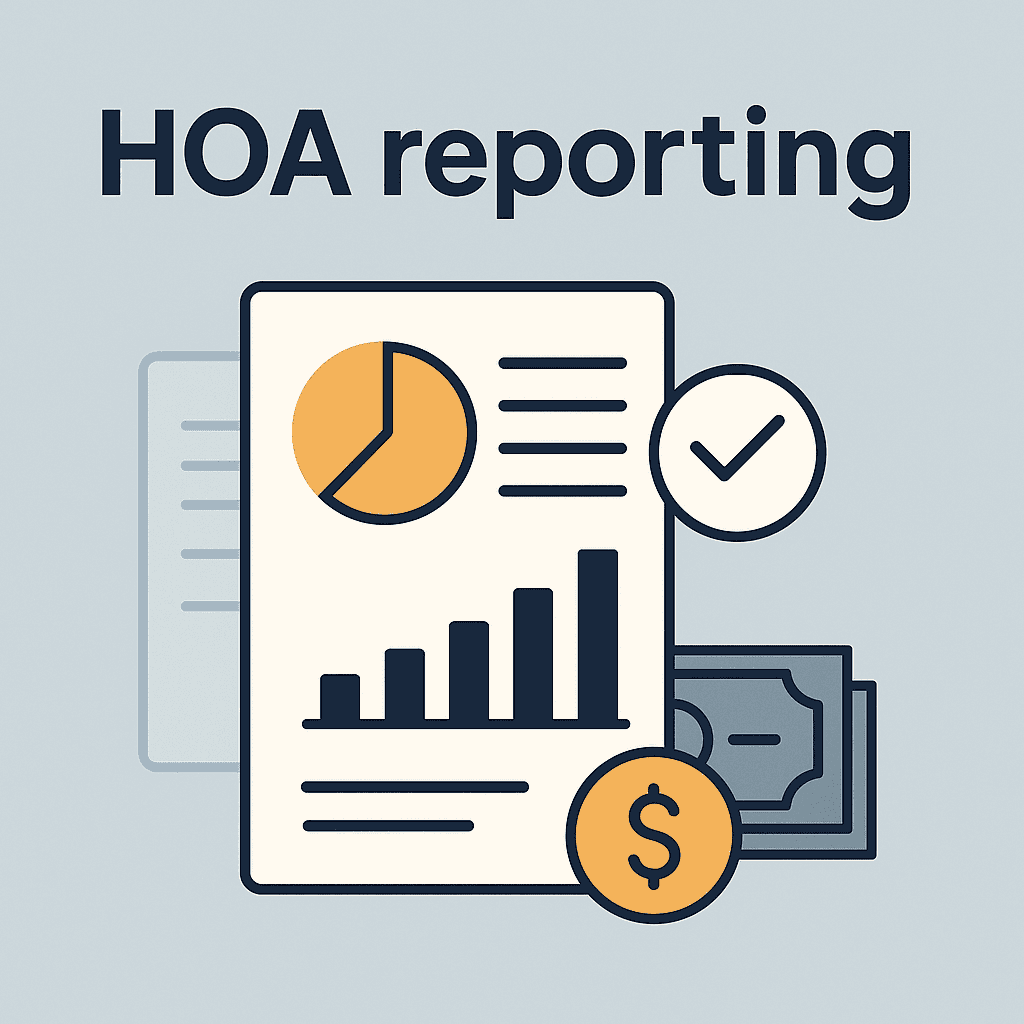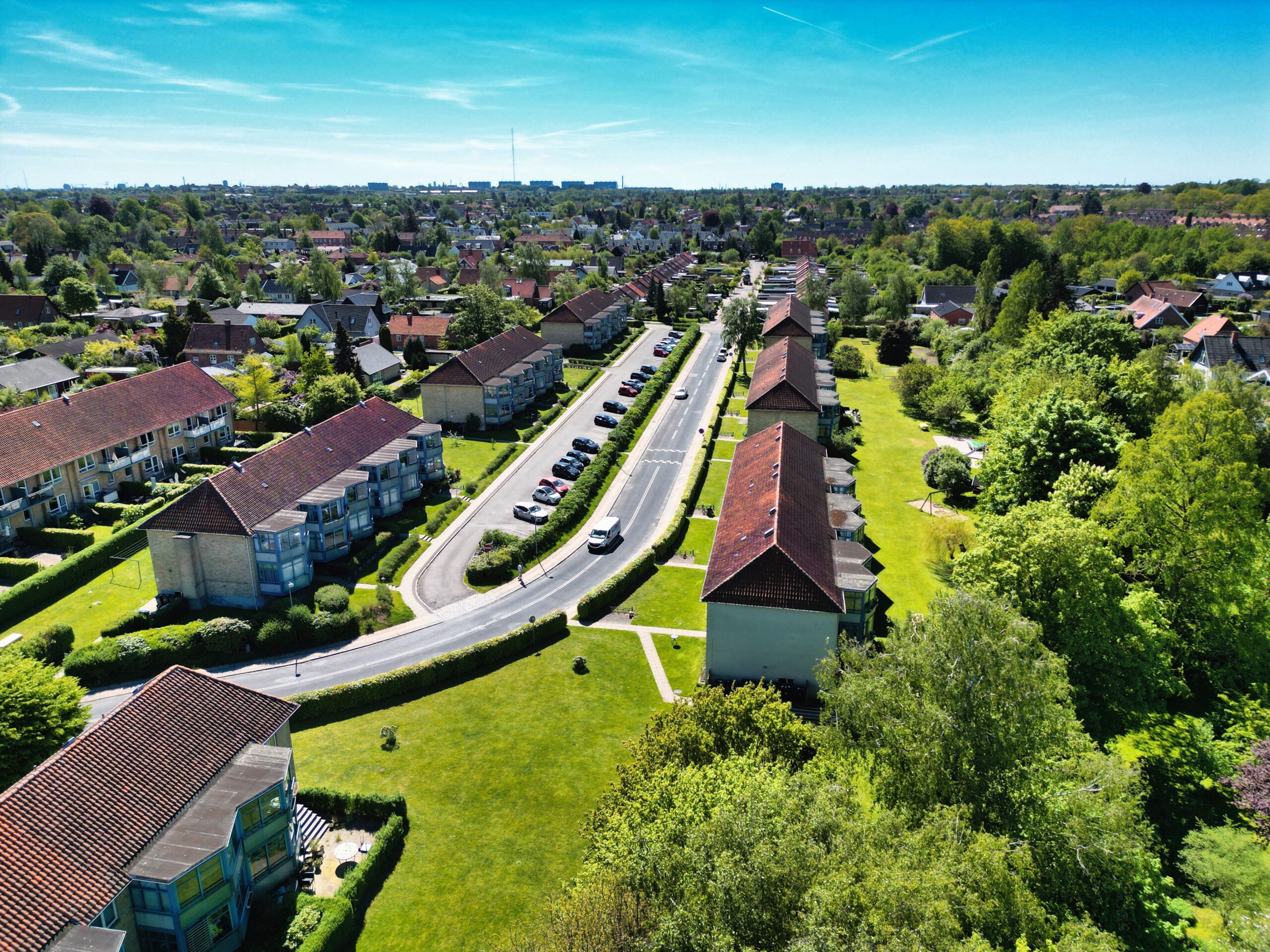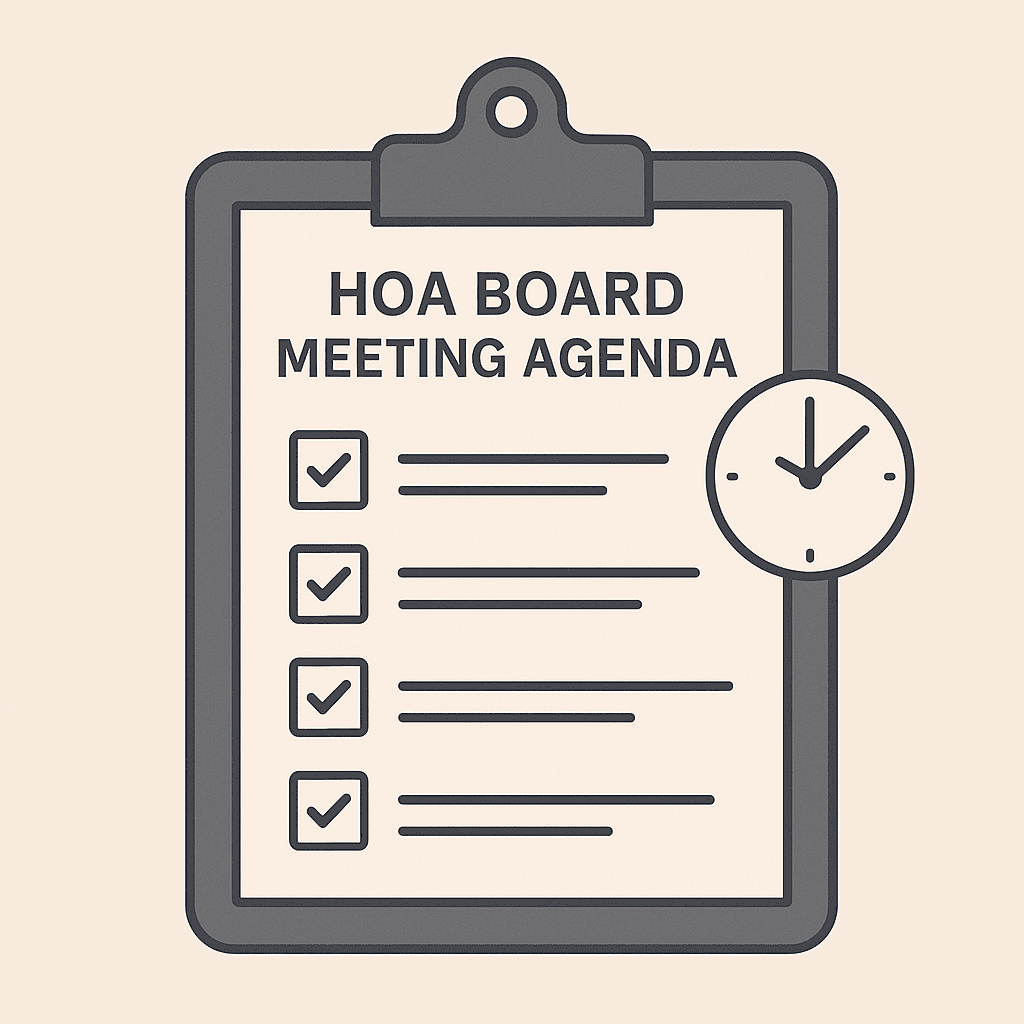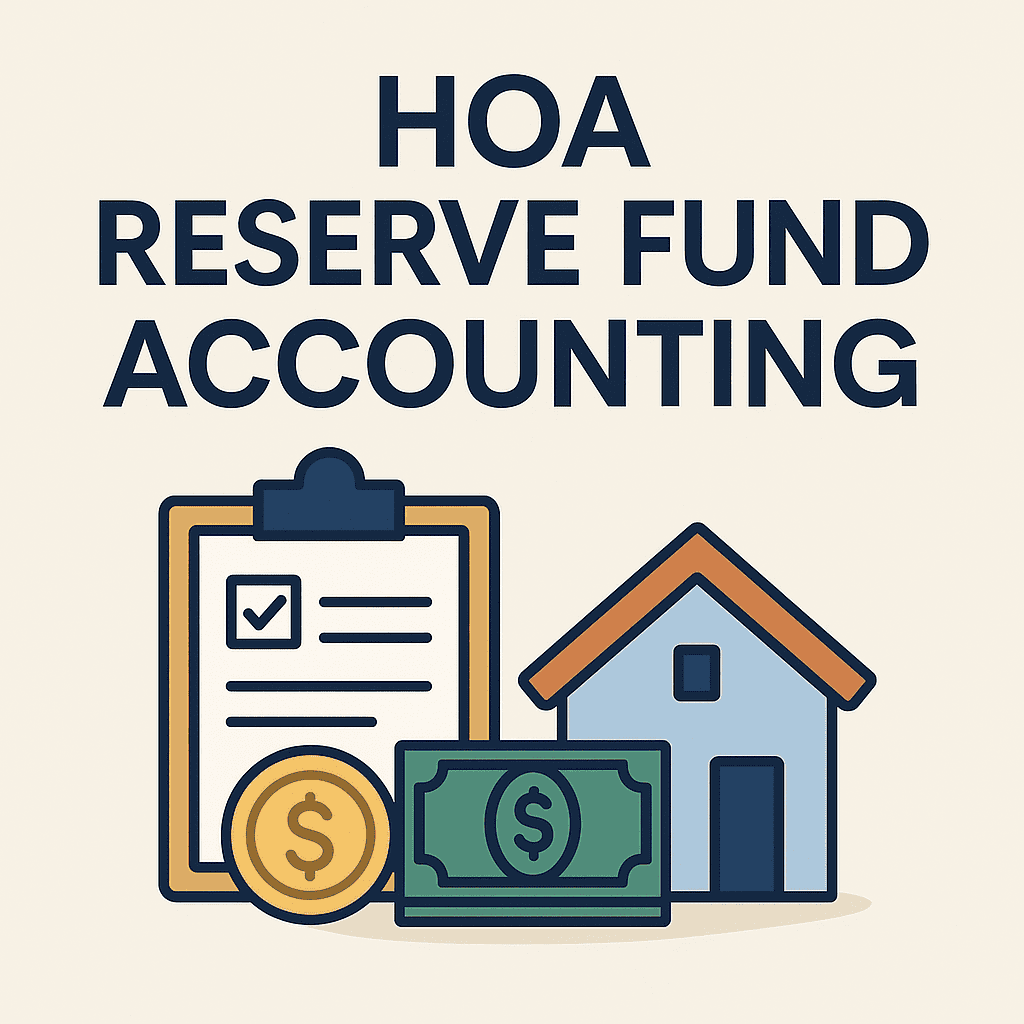HOA savings account: why every HOA should have one
A HOA savings account is more than just a place to park money. It helps HOAs prepare for repairs, emergencies, and future projects. And with a high yield savings account for HOA funds, your community’s reserves can even grow while they sit unused.

Running a homeowners association (HOA) is about more than mowing lawns and fixing fences. It’s also about money. One of the most important tools your HOA can use is a dedicated HOA savings account. It keeps funds safe, transparent, and ready when your community needs them most.
What is a HOA savings account?
A HOA savings account is where the board sets aside money that is not meant for everyday bills. Think of it as the HOA’s “rainy day” fund. While the checking account covers regular expenses like landscaping, utilities, and insurance, the savings account is built to handle:
- Major repairs, like fixing a roof leak or repaving a parking lot.
- Upgrades, such as new playground equipment.
- Emergencies, for example, storm damage.
Most boards also use this account to build up reserves for future projects.
Why your HOA needs one
Without a HOA savings account, a HOA risks running short when unexpected expenses pop up. If that happens, the board may be forced to raise fees suddenly or issue special assessments. That creates frustration for homeowners and weakens trust to the board.
Having savings also shows lenders and banks that your HOA is financially responsible. This makes it easier to secure financing for larger projects if needed.
The benefit of a high yield savings account for HOA
A regular savings account keeps money safe. But a high yield savings account for HOA goes a step further by letting funds grow while they sit unused.
Because reserve funds often remain untouched for years, placing them in an account that pays a higher interest rate makes sense. Even a small increase in interest can add up when the balances are large. For example, $250,000 in reserves earning 3% annually generates $7,500 a year in interest. That is money that can reduce future dues or help pay for improvements.
When exploring high yield accounts, the board should also:
- Confirm FDIC insurance coverage (usually up to $250,000 per institution).
- Consider splitting funds across banks if reserves exceed the limit.
- Balance yield with liquidity, so cash is available in emergencies.
How much should a HOA keep in savings?
There’s no one-size-fits-all number, but most experts agree an HOA should always maintain a healthy reserve. A common rule of thumb is to keep at least three months of operating expenses in savings. Larger communities with extensive amenities may need more (6-12 months).
Some states even require associations to conduct a reserve study, which estimates the future cost of repairs and improvements. These studies help boards calculate how much they should contribute each year to savings. By following a reserve study, a HOA avoids being caught off guard and ensures the community remains financially stable.
How to set up the account
Setting up a HOA savings account isn’t complicated, but it should follow clear steps:
- Choose a bank with HOA experience. Not all banks understand the special needs of HOAs.
- Check digital access. Online banking helps treasurers track balances and transactions quickly.
- Define authorized signers. Best practice is requiring at least two board members for large withdrawals.
- Review regularly. Go over balances and statements in board meetings for transparency.
Savings account vs. investments
Some HOAs look for investment options to grow reserves further. Certificates of deposit (CDs) or money market accounts may offer higher returns than a standard savings account. However, these products often tie up money for months or years. If a sudden roof repair or storm cleanup is needed, the board could struggle to access funds quickly.
That’s why liquidity matters. A high yield savings account offers a balance: it earns more than a basic account but still allows easy access when emergencies strike. Larger HOAs sometimes use a mix by keeping part of the funds in savings for quick access, and placing the rest in longer-term investments to earn more interest.
Building trust with homeowners
A HOA savings account is more than numbers on a bank statement. It shows homeowners that their dues are handled responsibly. Clear savings build trust and reduce conflict. It also means fewer unpleasant surprises, like sudden fee hikes.
Final thoughts
A HOA savings account is essential for long-term stability. It ensures your community can handle emergencies, plan for improvements, and even earn interest along the way. If possible, consider a high yield savings account for HOA funds to make your reserves work harder without extra effort.
A strong financial foundation means a stronger community and the HOA can even consider having these financial details available for residents inside the HOA to build trust.
